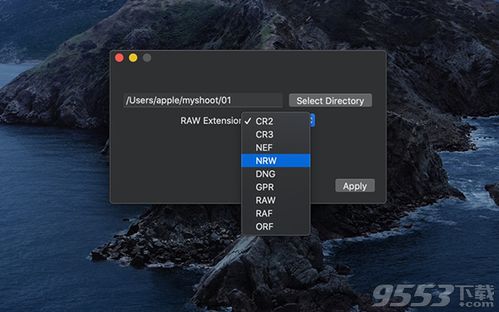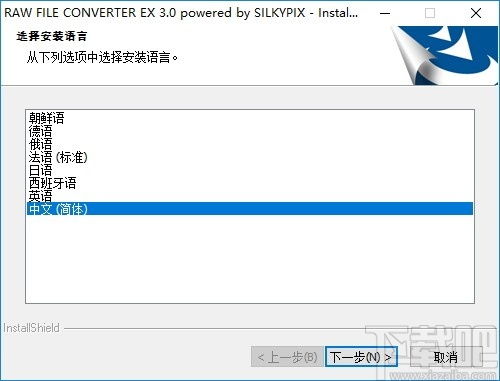
Understanding the Raw File Structure: A Detailed Guide
When diving into the world of data and file management, understanding the raw file structure is crucial. It’s like knowing the blueprints of a building before you start constructing it. In this guide, we’ll explore the ins and outs of raw file structures, providing you with a comprehensive understanding of how they work and why they matter.
What is a Raw File Structure?

A raw file structure refers to the way data is organized and stored within a file. Unlike formatted files, which have a specific structure that can be read by applications, raw files contain unprocessed data that needs to be interpreted. This unprocessed nature makes raw files versatile but also requires more effort to work with.
Components of a Raw File Structure

Understanding the components of a raw file structure is essential for anyone looking to work with these files. Here are the key elements:
- Header: The header contains metadata about the file, such as its size, creation date, and file type.
- Data: The data section holds the actual content of the file, which can be in various formats, such as binary, text, or hexadecimal.
- Footer: The footer, if present, contains additional information about the file, such as checksums or encryption keys.
These components can vary depending on the file type and the system that created it. For example, an image file may have a more complex structure than a simple text file.
Types of Raw Files

Raw files come in various forms, each with its unique characteristics. Here are some common types:
- Image Files: Raw image files, such as .CR2 for Canon cameras or .NEF for Nikon cameras, contain unprocessed image data. They offer greater flexibility in post-processing but require specialized software to view and edit.
- Audio Files: Raw audio files, such as .WAV or .AIF, store audio data without any compression or processing. They provide high-quality audio but can be large in size.
- Video Files: Raw video files, such as .R3D for RED cameras, contain unprocessed video data. They offer high-quality video but require significant processing power to view and edit.
- Text Files: Raw text files, such as .TXT or .CSV, contain unformatted text data. They are easy to work with but lack the formatting features of formatted text files.
Working with Raw Files
Working with raw files can be challenging, but it’s worth the effort for the flexibility and quality they offer. Here are some tips for working with raw files:
- Use Specialized Software: Specialized software, such as Adobe Lightroom for image files or Audacity for audio files, can help you view, edit, and process raw files.
- Understand the File Format: Familiarize yourself with the specific file format you’re working with to understand its structure and capabilities.
- Backup Your Files: Since raw files can be large and complex, it’s crucial to back up your files regularly to prevent data loss.
Raw File Structure in Different Systems
The raw file structure can vary depending on the operating system and file system used. Here’s a brief overview of some common systems:
| Operating System | File System | Example |
|---|---|---|
| Windows | NTFS | System files, user files, and application files |
| macOS | HFS+ (APFS) | System files, user files, and application files |
| Linux | EXT4 | System files, user files, and application files |
Each file system has its own structure and organization, which can affect how raw files are stored and accessed.
Conclusion
Understanding the raw




